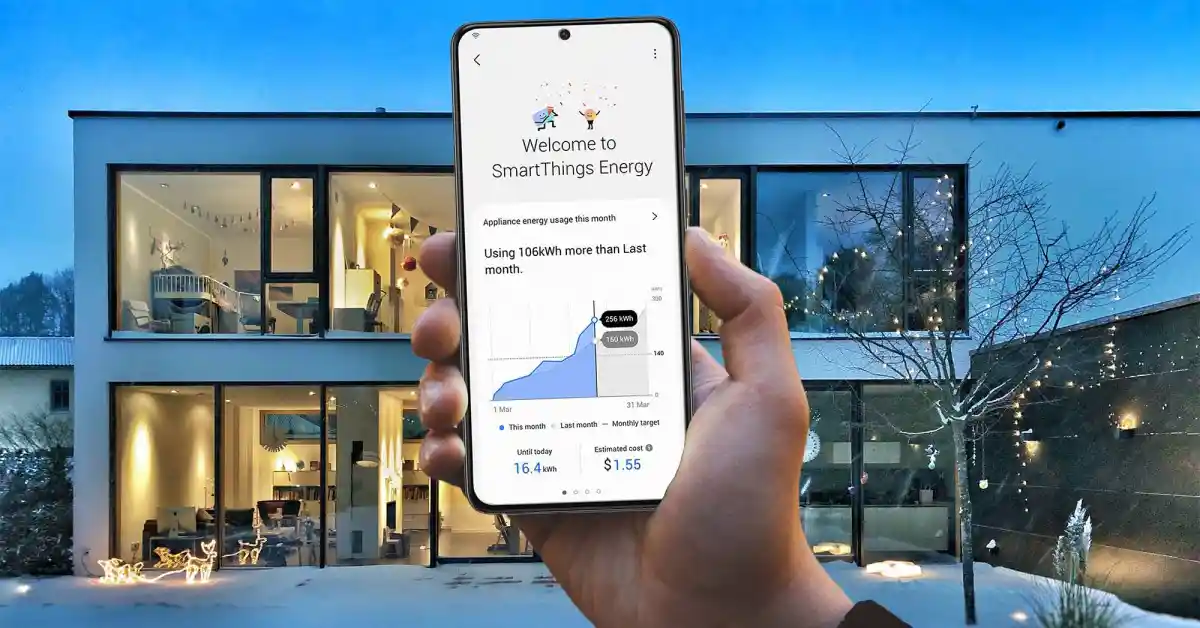Introduction: The Rising Cost of Home Utilities
In 2025, homeowners are feeling the pinch of rising utility costs. The average U.S. household now spends $2,500 annually on electricity, heating, water, and internet-connected services. At the same time, technology and energy-efficient upgrades provide new opportunities to cut bills, often without sacrificing comfort or convenience.
From smart plugs to efficient appliances and leak detection systems, utility savings strategies can help homeowners save hundreds (or even thousands) per year, while improving home safety and even qualifying for insurance discounts.
What Are Utility Savings for Homes? (Quick Answer)
Utility savings refer to reducing monthly costs for electricity, water, heating, cooling, and other essential services through energy-efficient appliances, smart devices, insulation, and conservation strategies.
Why Utility Savings Matter in 2025
- Rising bills: Energy and water rates continue to increase.
- Environmental concerns: Reducing waste lowers carbon footprints.
- Insurance incentives: Devices like leak detectors and energy monitors can lower risks, sometimes earning insurance discounts.
- Resale value: Energy-efficient homes are more attractive to buyers.
- Long-term comfort: Efficiency upgrades improve living conditions while lowering costs.
Average Costs & Potential Savings
| Upgrade/Tool | Average Cost (2025) | Annual Savings | ROI Timeline | Insurance Impact |
| Smart Power Strips/Plugs | $50–$200 | $50–$150 | <2 years | Minimal |
| Energy-Efficient Appliances | $1,000–$4,000 | $200–$500 | 4–6 years | Moderate |
| Water Leak Detection System | $300–$800 | $200–$400 (water damage prevention) | 1–3 years | High (insurance discounts possible) |
| LED Whole-Home Lighting | $500–$1,500 | $100–$300 | 1–2 years | None |
| High-Efficiency Water Heater | $2,000–$4,000 | $200–$400 | 6–8 years | Limited |
| Insulation & Weatherproofing | $2,000–$5,000 | $300–$600 | 5–7 years | Moderate |
Smart Devices for Utility Savings
- Smart Power Plugs & Strips
- Cut “phantom energy” from devices left plugged in.
- Remote control via mobile apps.
- Ideal for entertainment systems and home offices.
- Leak Detection Sensors
- Installed near sinks, water heaters, and appliances.
- Alert homeowners to leaks before damage escalates.
- Some models automatically shut off water supply.
- Smart Irrigation Systems
- Adjust watering schedules based on weather.
- Reduce outdoor water use by 30–50%.
- Smart Meters & Dashboards
- Provide real-time usage data.
- Help identify peak hours and cut costs.
Insurance & Coverage Connections
- Water leak detection: Many insurers now reward homeowners who install smart leak sensors, since water damage is one of the most common (and costly) claims.
- Electrical savings devices: While not directly covered, smart plugs and efficient appliances reduce fire risk, indirectly lowering claim probability.
- Energy-efficient appliances: Higher replacement costs may require updated coverage limits, but they also reduce breakdown risks.
Utility Savings Beyond Technology
- Weatherproofing & Insulation: Sealing leaks and upgrading insulation can cut heating/cooling costs by 15–25%.
- Behavioral changes: Running appliances at off-peak times lowers energy bills.
- Efficient water use: Low-flow faucets and showerheads save thousands of gallons per year.
- Community programs: Many utility companies provide rebates or free efficiency audits.
Real-World Examples
- Texas Family: Installed smart plugs and leak detectors for $700. Annual savings + avoided water claim value = ~$600. ROI in 14 months.
- California Homeowner: Added insulation and weatherproof windows. Utility bills dropped by 20%, saving $800 annually.
- New York Apartment Owner: Switched to ENERGY STAR appliances, cutting $400 annually while qualifying for a $500 rebate.
Challenges of Utility Savings
- Upfront investment: Some devices and upgrades require several thousand dollars.
- Compatibility: Older homes may need wiring or plumbing updates.
- Maintenance: Sensors, plugs, and irrigation systems require periodic upkeep.
- Data privacy: Smart devices collect usage data that may be shared with utilities.
Tips for Homeowners in 2025
- Start small with smart plugs and LED bulbs for quick wins.
- Invest in leak detection systems to save on both utilities and insurance.
- Always check for rebates and tax credits before purchasing energy-efficient appliances.
- Use utility company apps to track consumption and optimize schedules.
- Bundle efficiency upgrades (insulation + smart thermostat + HVAC) for layered savings.
Key Takeaways
- Utility savings can reduce annual bills by $500–$1,500 depending on upgrades.
- Smart devices like leak detectors and plugs provide both savings and insurance benefits.
- Investments like insulation, appliances, and water heaters take longer but pay off with comfort and resale value.
- Combining small upgrades with larger projects maximizes ROI.
- Insurance providers are increasingly supportive of smart utility-saving devices.




